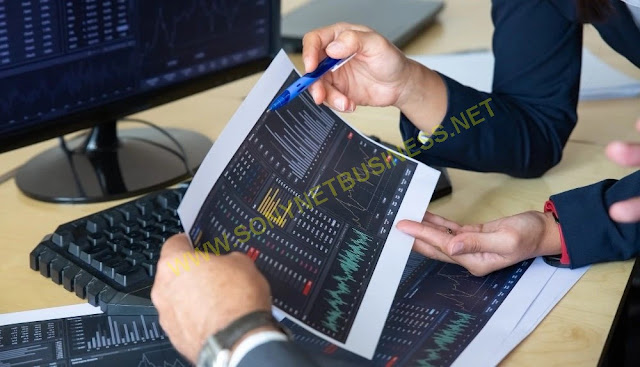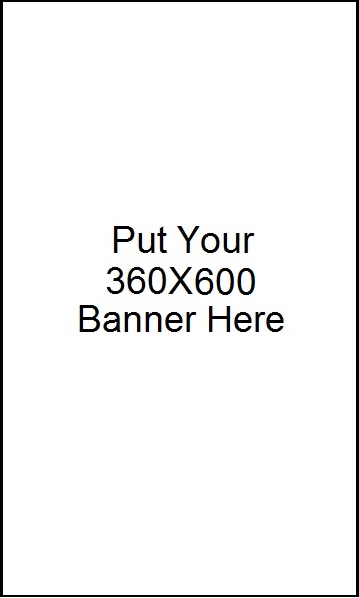 |
| How Leverage Can Be A Double-Edged Sword In The Forex Market |
One of the reasons why so many people prefer forex to other financial products is that forex allows you to acquire far more leverage than stocks. While many traders are aware of the phrase "leverage," few are aware of what it means, how it works, or how it may effect their bottom line.
The concept of joining a deal with other people's money might be applied to the foreign exchange markets as well. We'll look at the benefits of trading with borrowed funds in this piece, as well as why using leverage in your forex trading strategy could be a double-edged sword.
Defining The Concept Of Leverage
Whenever you borrow a portion of the funds you need to invest in anything, you're using leverage. In the case of FX, money is usually borrowed from a broker. Forex trading offers tremendous leverage in the sense that a trader can amass—and control—a large sum of money with only a small initial margin requirement.
To calculate margin-based leverage, just divide transaction cost by the amount of margin you must put up:
For example, if you need to deposit 1% of your total trading volume as margin and wish to trade one standard lot of USD/CHF for $100,000, you'll need $1,000 in margin. As a result, you'll have a 100:1 leverage (100,000:1,000). The margin-based leverage for a 0.25 percent margin requirement is 400:1 using the same procedure.
Margin-based leverage, on the other hand, does not always minimise risk, and whether a trader must put up 1% or 2% of the whole value as margin may have little bearing on profits or losses. It's because the investor may repeatedly overestimate the required margin in this case. This shows that actual leverage is a better predictor of profit and loss than margin-based leverage.
To figure out how much leverage you're currently employing, divide the total face value of your active positions by your trading capital:
If you have $10,000 in your account and open a $100,000 position (equivalent to one standard lot), your account will be leveraged tenfold (100,000/10,000). If you have two standard lots with face values of $200,000 and $10,000 in your account, you can boost your account leverage by 20 times.
Margin-based leverage is the biggest leverage a trader can utilise. Real leverage differs from margin-based leverage because most traders do not utilise their entire account as a margin for each transaction.
In general, a trader should not use all of his or her margins. When a trader has a significant advantage, he or she should use leverage.
It is feasible to calculate the potential capital loss by understanding the amount of risk in terms of pips. As a general guideline, this loss should not exceed 3% of your trading capital. This strategy should be utilised to reduce leverage if a position is leveraged to the point where a loss of 30% of trading capital is possible. Traders will have varying levels of experience and risk tolerance, and they may choose to deviate from the basic norm of three percent.
Traders can also calculate the amount of margin they should use. For example, suppose you have $10,000 in your trading account and wish to trade 10 micro USD/JPY lots. A one-pip move on a mini account is worth roughly $1, but when trading ten minis, each pip move is worth around $10. If you're trading 100 minis, each pip move is worth about $100.
When the stop-loss is 30 pip, a $30 loss for a single mini lot might become into $300 for ten mini lots and $3,000 for 100 mini lots. As a result, even if you can trade more, you can only leverage up to 30 mini lots with a $10,000 account and a 3% maximum risk per trade.
In Forex Trading, Leverage
In the foreign currency markets, leverage can be as high as 100:1. This implies you can trade up to $100,000 in value for every $1,000 in your account. Many traders believe that forex market makers offer high leverage since leverage is a risk issue. They understand that if the account is well-managed, the risk is well-managed, or they wouldn't lend them money in the first place.
In trading, we track currency movements in pips, which are the smallest changes in currency price and vary per currency pair. These adjustments are in tenths of a penny. The exchange rate has only moved 1 cent if the GBP/USD currency pair moves 100 pips from 1.9500 to 1.9600.
This is why currency transactions must be done in large quantities, enabling for minute price movements to be transformed into larger gains when leverage is applied. When dealing with a large sum of money, such as $100,000, even minor changes in the exchange rate might result in significant gains or losses.
In forex trading, high real leverage poses a risk.
Because true leverage can amplify your gains or losses by the same amount, it can be a double-edged sword. The greater the leverage you use on your capital, the greater the danger you take. This risk isn't always tied to margin-based leverage, but it can have an impact if a trader isn't paying attention.
Final Thoughts
There's no reason to be afraid of leverage once you've worked out how to manage it. If you prefer a hands-off approach to investing, leverage is the only way to go. Otherwise, leverage can be used productively and profitably with good management. Leverage, like any sharp tool, must be handled with caution; nevertheless, once you've mastered this, you won't have any concerns.
Smaller actual leverage used to each transaction allows you to set a broader but suitable stop and avoid a larger financial loss. If you lose money on a strongly leveraged deal, the larger lot sizes will result in bigger losses, quickly draining your trading account. Keep in mind that leverage can be adjusted to meet the needs of each trader.














.png)
.png)